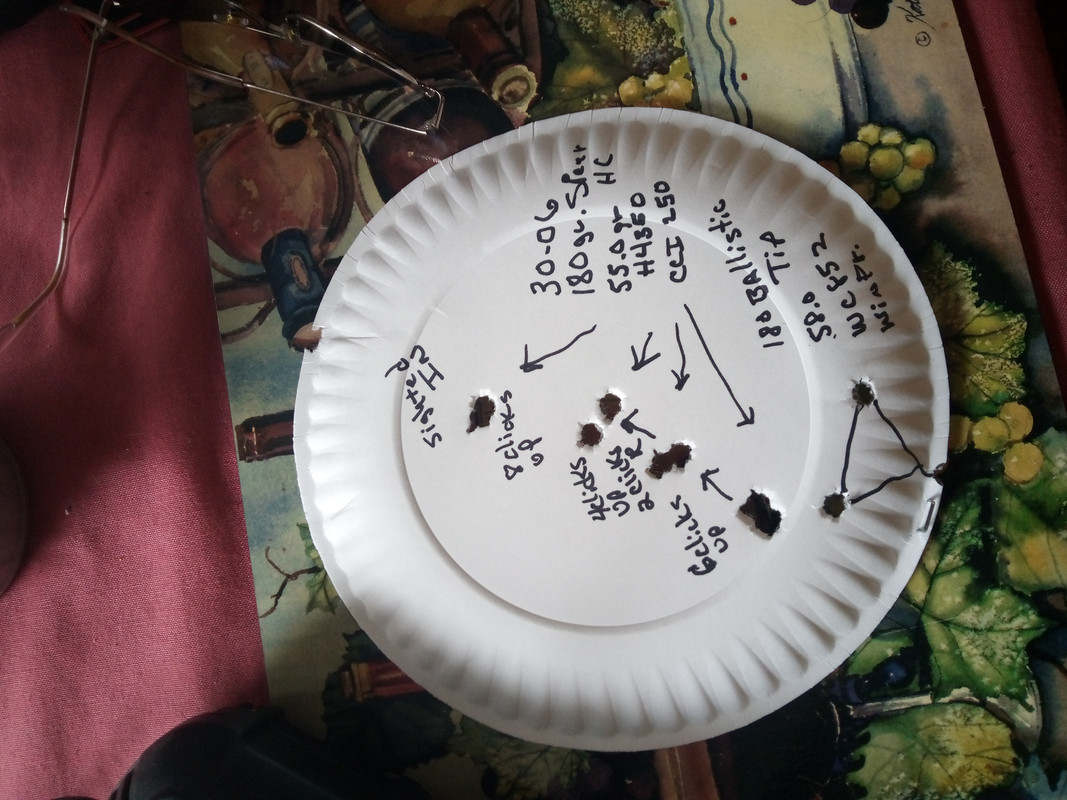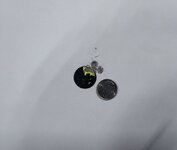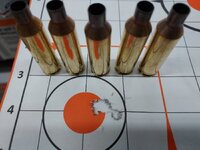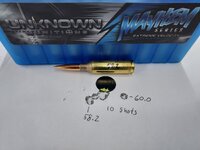NorthIdahoDude
WKR
- Joined
- Aug 29, 2022
- Messages
- 326
For what it's worth...
I've trued LOTS of 700 actions.
For whatever reason, the manufacture process makes them banana shaped, the top seems to draw together. Some a little, some a lot causing the lug abutments to be off axis.
The face of the receiver is cut off with a wheel and I've never seen one that didn't need faced off while I was at it. usually needing .001"-.002" or more.
The bolt lugs are usually off by .001" also one to the other. The bottom lug usually closer to the abutment.
The stacked tolerances causes the top lug to have a gap of .002"-.004", plus that receiver face...
Fixing all that never makes it shoot worse...
Resetting the headspace with a thicker ground lug, going through the bolt/firing pin, trueing the receiver threads and lapping the barrel will usually make a factory gun shoot impressively well.
But...
After the 700 supply of actions dried up, lots of other avenues for good actions became the norm.
I will say, the new actions are MUCH better than the old ones so far.
After all that, resetting the bolt handle for proper primary extraction is usually necessary as well.
So, the cost may or may not be worth it to some.
So, I'm 100% with you on all the tolerances you're outlining here and how bad those are/nobody would consider accepting them for a bench gun or the like. But what I'm asking is, will fixing all that contribute to accuracy to a degree that I might expect a gun would go from say a 2MOA to 3/4 MOA after the fixes? It's one thing to observe 'wow, that was .003 out of spec, which is insanely bad, so I fixed it', and different thing to observe 'that was .003 out of spec, so I fixed it, and nothing else, and after that the gun shot vastly better'.




